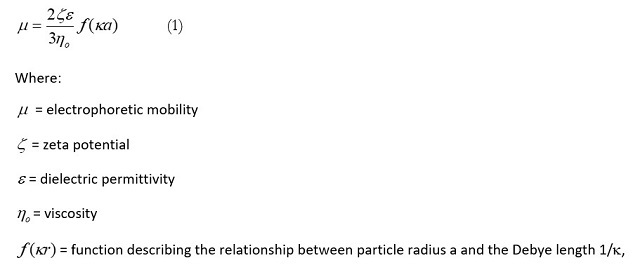
Figure 1: Zeta Potential of a Negatively Charged Particle
by Mark Bumiller, Technology Manager, Entegris, Inc.
Zeta potential is a measure of the surface charge on particles in suspension and emulsions. This is the electrical potential measured in millivolts at the slipping plane – the interface separating fluid attached to the surface from the bulk continuous phase as shown in Figure 1 to the left.
DLS systems measure the electrophoretic mobility of a suspension and then calculates the zeta potential. The electrophoretic mobility is measured by applying a known electric field into the sample cell and determining the velocity of the particles in the applied field.
The particle velocity is determined either by measuring the frequency (Doppler) or phase shift, known as phase analysis light scattering (PALS). The particle motion is used to calculate the electrophoretic mobility (µ). After determining the electrophoretic mobility, the zeta potential is then calculated using the Henry equation 1.
Zeta potential and dispersion stability
The zeta potential is an indicator of dispersionstability. The magnitude (not the sign of the charge) of the zeta potential provides information on the electrostatic repulsion between the particles or emulsion droplets in a suspension. A higher zeta potential value indicates the suspension should be more stable than a value near zero. When the zeta potential is near zero the suspension is likely to destabilize, leading to particles agglomerating and settling or emulsions phase separating. Both particle size and zeta potential can be used when formulating new suspensions and emulsions to search for the combinations of surface chemistry that optimize zeta potential for product stability. While theories such as hydrophilic–lipophilic balance (HLB)1 can provide broad guidelines for surfactant choice, zeta potential measurements give quantitative values for specific chemical formulations.

Experimental
Example 1: Zinc Oxide Nanoparticles
Figure 2: Zinc Oxide Size Distributions at pH 6.9 and 11.2
A zinc oxide (ZnO) “nanopowder” was purchased (Sigma Aldrich, #544906) to study the effect of pH on zeta potential and particle size. All samples were prepared by dispersion with Igepal CA-630 non ionic surfactant and 3 minutes of ultrasound using an ultrasonic probe. The mean size and zeta potential were measured on the Entegris Nicomp dynamic light scattering (DLS) system. Figure 2 shows the change in particle size from a monomodal, with peak at 198 nm at pH 6.9, to a bimodal distribution, with peaks at 204 and 573 nm at pH 11.2. As the zeta potential approached zero the suspension destabilized and began to aggregate. This study indicates amore stable formulation is created near neutral pH and that higher pH values should be avoided.
Example 2: Food Emulsion
Figure 3: Zeta Potential vs. pH for a Food Emulsion, with mean size
The pH was altered for a food emulsion by titrating with a weak acid from pH 6.8 to 3.2. Seven measurements using the PALS technique (applied electric field = 4 v/cm) were made at each pH value and the average is reported. A plot of zeta potential vs. pH is shown in Figure 3.
The size distribution for the emulsion sample at pH 6.5 is 302 nm and 495 nm at pH 4.6. Notice the dramatic increase in droplet size at the lower pH indicating that the emulsion is destabilizing. The zeta potential reached zero at a pH close 4.3. The pH value where the zeta potential drops to zero is known as the isoelectric point (IEP).
Conclusion
Formulating new products based on submicron suspensions and emulsions requires careful investigation of how surface chemistry affects stability. Many factors influence final product quality and shelf life including particle size and zeta potential. When tested together zeta potential and particle size values can guide which combinations indicate optimum stability.